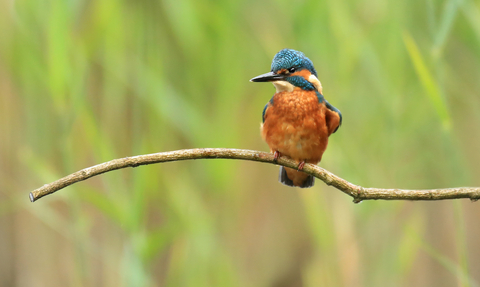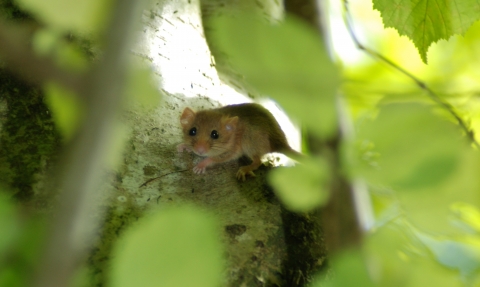
Kingfisher © Jon Hawkins, SurreyHillsPhotography
Wildlife
Explore the wildlife of Hampshire and the Isle of Wight
Hampshire and Isle of Wight has some of the most spectacular and internationally recognised habitats and wildllife in the country. We have beautiful and rare creatures like the Duke of Burgundy butterfly, internationally important populations of Brent Geese and endangered species such as the Red Squirrel.
We also have extremely important habitats such as the internationally renowned lowland heath of the New Forest, vital seagrass beds in Portsmouth and chalk rivers such as the Itchen that support an abundance of wildlife including otters, water crowfoot and crayfish.

Species explorer
Habitats in Hampshire and the Isle of Wight
Our counties are home to a unique mix of landscapes, from internationally recognised chalk rivers to ancient woodland and remarkable heathlands, all rich and diverse with wildlife.
Chalk rivers
Cool, crystal-clear waters flow over gravelly beds, streaming through white-flowered water-crowfoot and watercress in serene lowland landscapes.
Ancient Woodland
Ancient woodland is woodland that is known to have been present since at least 1600 (1750 in Scotland) and some may date back to the original wildwood, although modified by human activities. Plants which are slow to colonise and can only be found in woodland are often good indicators of ancient woodland. These include wood anemone, enchanter’s nightshade, sweet woodruff and wood sanicle, as well as several species of fungi, moss and lichen and a number of rare invertebrates
Wildflower Meadows
Flower-rich meadows and pastures owe their wealth of species to traditional systems of hay-cutting and grazing that have persisted for centuries. Pastures are generally grazed throughout the summer; meadows are shut up in the spring to allow the sward to grow up, so a hay cut can be taken, and then the livestock are brought back to graze the re-growth in late summer.
Heathland
Lowland heath is found from sea-level up to about 300m and is characterised by heathers, gorse and grasses. Where there is variety in the physical structure (e.g. short young and bushy old heather, patches of gorse and exposed bare ground) heaths can support a specialist fauna including characteristic ground-nesting birds, reptiles and invertebrates.
Chalk downland
Famous for its floristic richness (there can be over 40 species per square metre of turf) and its rare and beautiful butterflies, this habitat is mostly found on the low chalk or hard limestone hills of southern England and along the wilder coastal cliffs and headlands of limestone country in the west of England and in Wales.
Marine
The sea can seem like just a huge expanse of water – vast, deep and maybe a little scary. But a huge variety of habitats can be found here - rocky reefs, deep-water corals, Kelp forests, meadows of seagrass, deep-sea mud plains, shallow mudflats and sand and gravel beds.
